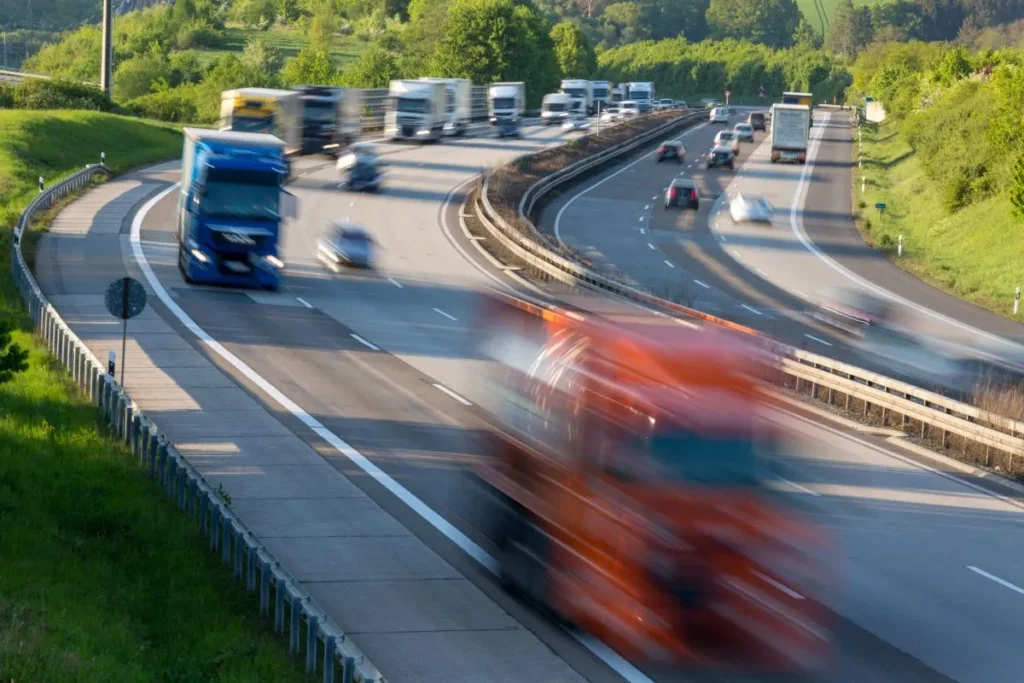The Driver and Vehicle Standards Agency (DVSA) has updated its “Guide to Maintaining Roadworthiness” to provide information on the responsibilities and systems involved in maintaining commercial vehicles in a roadworthy condition.
The guide is intended to be useful for operators, drivers, and anyone else responsible for operating, maintaining, or providing commercial goods and passenger-carrying vehicles, including light goods and passenger vehicles below operator licensing thresholds and exempt vehicles.
The updated guide provides operators with advice on different types of inspections, inspection intervals, data storage, and essential reviews.
Some of the key changes in the guide include the addition of a definition for each type of inspection and check, the inclusion of an intermediate safety check for wear on certain components, and advice on towing another company’s trailer, including requirements for trailer authorization on operator licenses, responsibilities for maintenance and safety inspections, and access to trailer documents.
In addition, the guide has been updated to reflect the new requirement that, from 21 May 2022, operators who want to use light goods vehicles over 2.5 tonnes and up to 3.5 tonnes for hire or reward into or through the EU, Switzerland, Norway, Iceland or Liechtenstein, will need a standard international operator’s license.
The guide also includes advice on brake testing, including the use of laden roller brake tests or electronic brake performance monitoring systems (EBPMS), which will become the only accepted method for brake testing from April 2025, with some exceptions. To prepare for this change, DVSA recommends carrying out a laden roller brake test at every safety inspection and has provided more detail on how to use EBPMS and additional advice on brake testing.
Finally, the updated guide includes a new section on Advanced Driver Assistance Systems (ADAS), which emphasizes the importance of recalibrating systems if windscreens are replaced and ensuring that drivers are familiar with the different types of ADAS fitted across the fleet.









